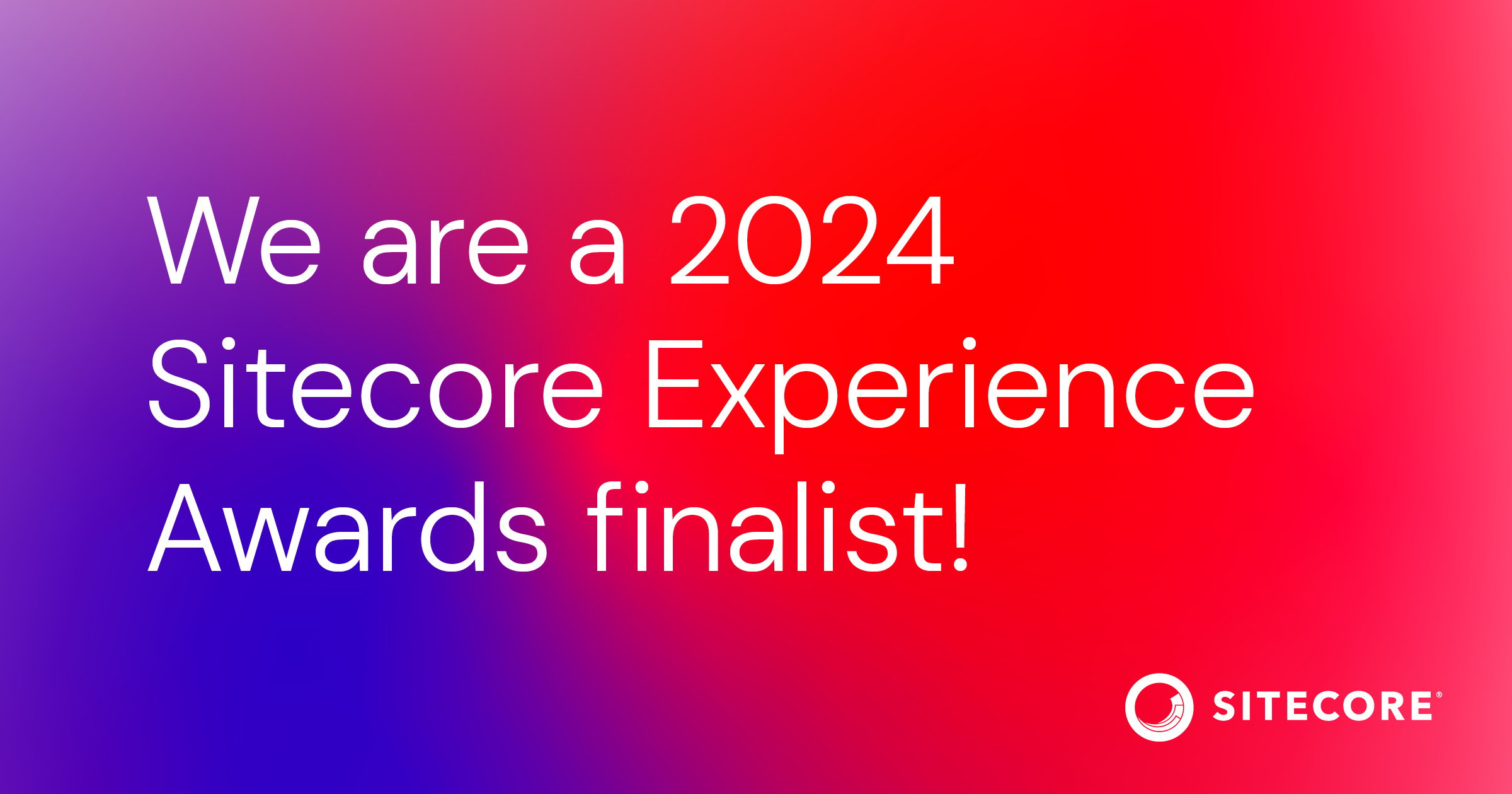Welcome to part 3 of our 5-part series that unpacks the top 5 MarTech building blocks for 2023 and beyond.
2023 promises to be another challenging year, with several macro factors such as economic uncertainty, supply chain disruptions, and changing consumer behaviours impacting businesses of all sizes.
To navigate these challenges and capitalise on new opportunities, it's crucial to stay ahead of the curve regarding technology and marketing strategies.
At Triggerfish, we've identified the top 5 MarTech building blocks that are essential for organisations looking to build technology resilience and drive business impact in 2023 and into the future.
These include:
- Cultivating a deep digital business culture & adoption
- Building on the power of data liberalisation
- Future-proofing the technology stack
- Building automation alliances between business and marketing operations
- Accelerating marketing and sales through integration
- In this article, we are focused on the second point above.
Future-proofing the technology stack: Navigating emerging technologies
In the current rapidly changing markets, economic environments, and technological advancements, the businesses that thrive are the ones that can pivot quickly.
Organizations will need to adopt cloud and composable architecture, integrated DXPs, and a holistic customer data strategy to be allow technology to adopt with market change and to stay ahead of the competition.
As new and developing technologies such as 5G, AI, and cloud gain widespread adoption, leaders must navigate their businesses through technology change - while ensuring that their existing technology foundations can keep up with the pace of change. Leaders are required to focusing on speed, security, resiliency, and reusability.
Automating processes and data access foundations is a critical step in future-proofing your technology stack. It reduces dependencies on technical debt and improves overall architecture, but it will also require proper funding to be successful.
An imperative consideration should be made on opening up protected ecosystems to incorporate external APIs, including those from OpenAI and Stability AI. This can provide valuable intelligence and speed to applications and business processes.
Here are the top 3 future-proofing focus points:
- Adopt cloud and composable architecture
Cloud computing provides scalability, flexibility, and cost savings that on-premises systems cannot match. Composable architecture allows businesses to quickly and easily reconfigure their technology components to meet changing business needs, reducing the risk of technical debt and enabling agility in the face of market changes. Together, cloud and composable architecture allow businesses to stay ahead of the competition and adapt to evolving market and technological environments.
- Encompass agility, security, resiliency, and reusability in leadership
Being agile allows businesses to pivot quickly and adapt to changes in the market or technology, while security ensures that sensitive data and information is protected. Resiliency ensures that systems can handle disruptions and unexpected events, while reusability helps to reduce technical debt and improve overall architecture.
- Create a roadmap to gradually reduce tech debt dependencies and move towards open APIs
The roadmap should identify areas of technical debt and prioritize them based on impact to the business. This should include legacy systems, outdated hardware, and manual processes that can be automated. By gradually reducing technical debt dependencies and moving towards open APIs, businesses will improve overall architecture, increase agility, and stay ahead oh their platforms.
Future-proofing your business in a rapidly changing market with technology adaptation.
The key to future-proofing your business lies in embracing change and being agile.
It is critical to develop a technology stack that can keep up with the pace of change, and by adopting cloud and composable architecture, integrating DXPs, and implementing a holistic customer data strategy, you can ensure that your business stays ahead.
Automating processes and reducing technical debt can help to improve overall architecture, while incorporating external APIs can provide valuable intelligence and speed to applications and business processes.
As technology continues to advance, it is essential for leaders to focus on speed, security, resiliency, and reusability, while creating a roadmap to gradually reduce tech debt dependencies and move towards open APIs. By doing so, your business can become more efficient, adaptable, and successful in the long run.
To continue reading bout the top 5 strategic building blocks of 2023 and beyond, download our Whitepaper.
To continue reading bout the top 5 strategic building blocks of 2023 and beyond, download our Whitepaper.





